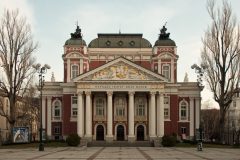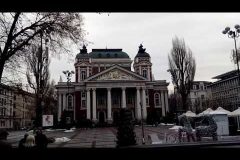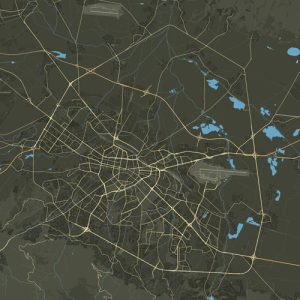The Bulgarian National Theater, also known as the Ivan Vazov National Theater, has a rich history and architectural significance. Here are some key points:
1. Establishment (1904): The Bulgarian National Theater traces its origins back to 1904 when the Sofia drama troupe “Tear and Laughter” underwent transformation, giving rise to the first theater in the country.
2. Architectural Marvel (1906-1907): The theater’s building was constructed in 1906 based on the design by Viennese architects Hermann Helmer and Ferdinand Fellner. The architectural style reflects the fashionable secession style of that era. The theater officially opened for performances on January 3, 1907.
3. World War II and Reconstruction: During the bombing of Sofia in World War II, the South Wing of the theater was destroyed. After the war, the building underwent reconstruction, and from April 1945, the National Theater resumed its performances.
4. 1972-1975 Reconstruction: The most recent reconstruction and restoration of the theater took place in 1972-1975 under the leadership of Prof. Eng. Venelin Venkov. This period saw the addition of a special Chamber Stage.
5. Artistic Layout: The overall artistic layout of the theater is credited to artists Dechko Uzunov, Georgi Chapkenov, and Ivan Kirkov. Kirkov is also the author of the theater’s curtain, depicting the unquenchable Phoenix.
6. Current Facilities: The Ivan Vazov National Theater boasts an excellent large stage and hall with 750 seats. Additionally, it has a chamber hall accommodating 120 spectators and a stage on the fourth floor for smaller audiences, allowing 70 people to enjoy performances.







